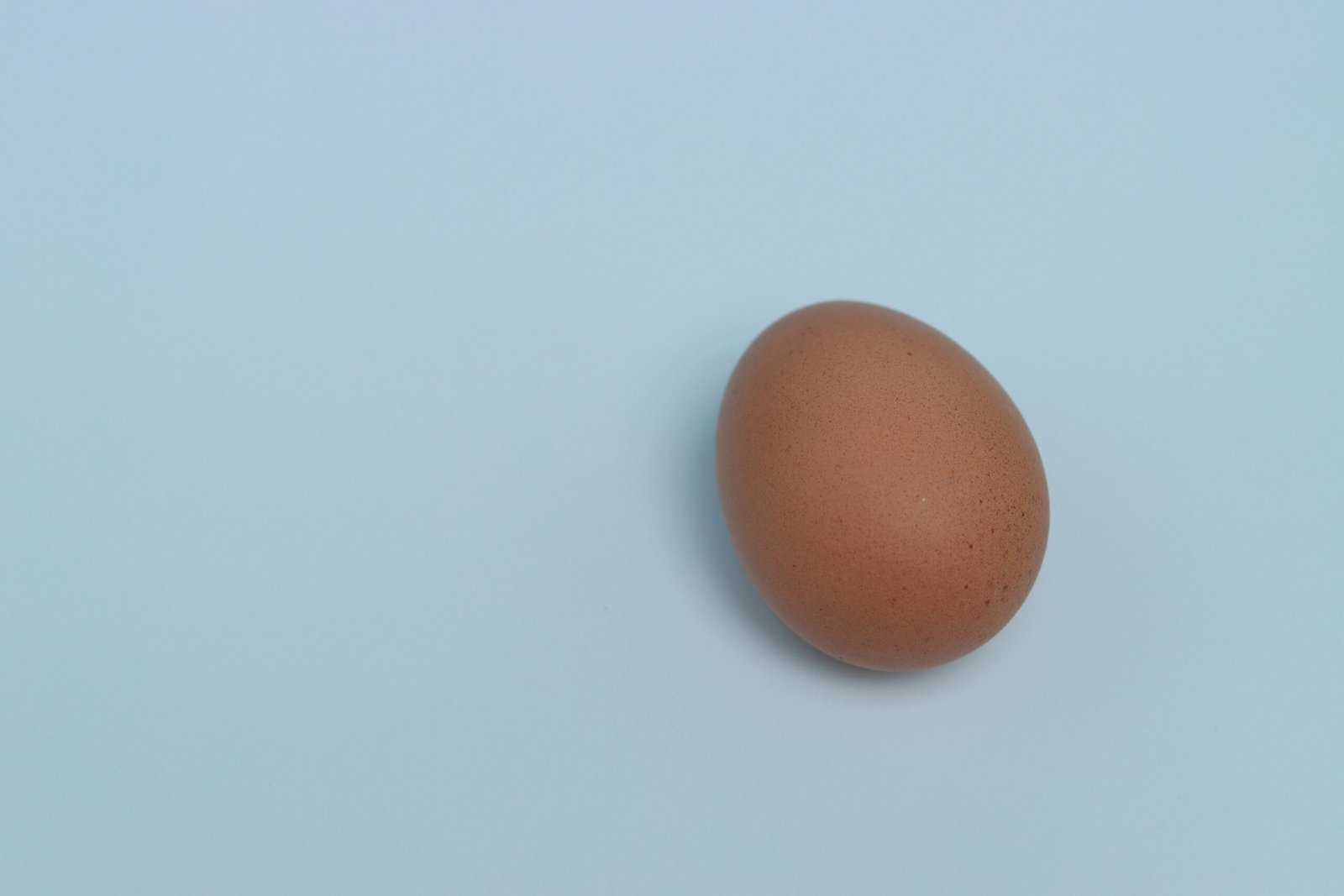The Importance of Lighting in Egg Production
When it comes to egg production, lighting plays a crucial role. The right lighting conditions can significantly affect egg-laying rates and overall productivity. In this blog post, we will examine how different types of lighting and light exposure durations can impact egg production. We will also provide guidance on optimizing light conditions in the coop to ensure maximum productivity without stressing the birds.
Types of Lighting for Egg Production
There are two main types of lighting commonly used in egg production: natural lighting and artificial lighting.
Natural Lighting
Natural lighting refers to the light provided by the sun. It is important to ensure that the coop has adequate windows or openings to allow natural light to enter. Natural lighting provides a more natural environment for the hens and can positively influence their circadian rhythms, which in turn affects egg-laying rates.
Artificial Lighting
Artificial lighting is used to supplement natural lighting or to provide light when natural light is not sufficient. It is commonly used during the winter months or in regions with limited sunlight. When using artificial lighting, it is important to choose the right type of bulbs. LED bulbs are energy-efficient and provide a consistent light source, making them a popular choice for egg production.
The Impact of Light Exposure Duration
In addition to the type of lighting, the duration of light exposure also has a significant impact on egg production. Hens require a certain number of hours of light per day to stimulate egg-laying. The recommended light exposure duration for egg-laying hens is around 14-16 hours per day.
It is important to maintain a consistent light schedule to avoid disrupting the hens’ natural rhythms. Sudden changes in light exposure can cause stress and negatively impact egg production. Gradually adjust the light exposure duration if changes are necessary.
Optimizing Light Conditions for Maximum Productivity
To optimize light conditions in the coop for maximum productivity without stressing the birds, consider the following tips:
1. Provide Consistent Lighting
Ensure that the lighting in the coop is consistent and evenly distributed. Uneven lighting can cause stress and disrupt the hens’ natural behavior. Use multiple light sources or reflective surfaces to evenly distribute the light throughout the coop.
2. Use Timers
Using timers for artificial lighting can help maintain a consistent light schedule. Timers can be set to turn the lights on and off at specific times, ensuring that the hens receive the required hours of light exposure each day.
3. Avoid Sudden Changes
Avoid sudden changes in light exposure duration. Gradually adjust the light schedule if changes are necessary. Sudden changes can cause stress and negatively impact egg production.
4. Monitor Light Intensity
Monitor the intensity of the light in the coop. Too bright or too dim lighting can affect the hens’ behavior and egg production. Aim for a moderate light intensity that mimics natural lighting conditions.
5. Provide Adequate Rest Time
While light exposure is important for egg production, hens also need adequate rest time in darkness. Allow for a period of darkness during the day to ensure the hens can rest and recharge.
Conclusion
Lighting plays a crucial role in egg production. By understanding the impact of different types of lighting and light exposure durations, you can optimize light conditions in the coop for maximum productivity without stressing the birds. Consistent lighting, proper light intensity, and a balanced light schedule are key factors in ensuring optimal egg-laying rates. By providing the right lighting conditions, you can help your hens thrive and maximize egg production.


